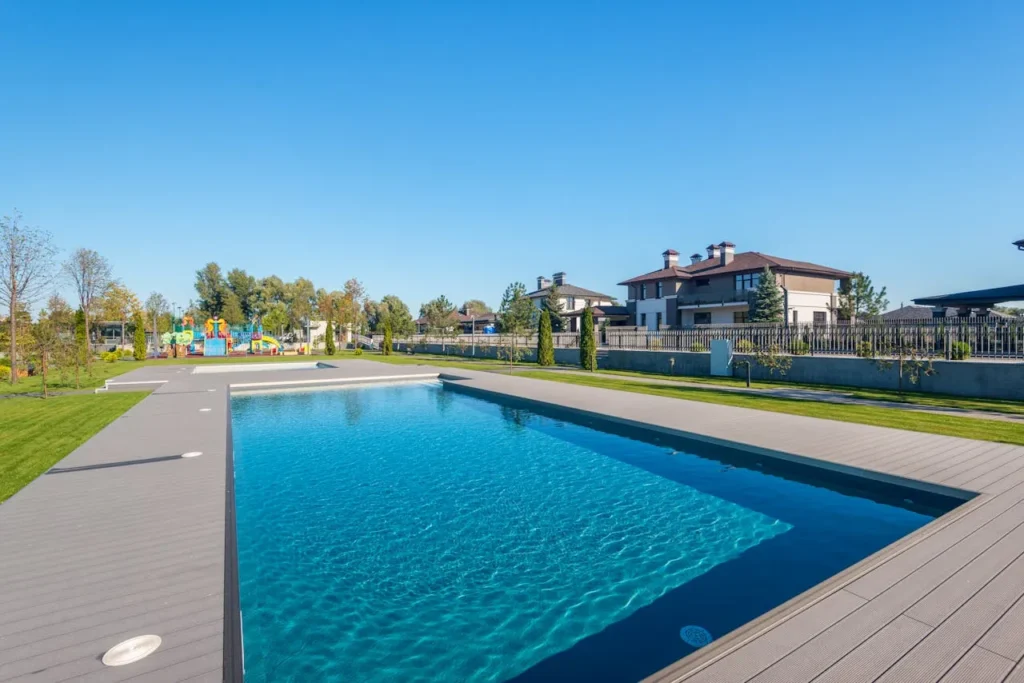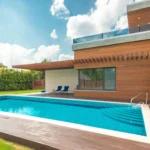Composite decking has become a popular choice for homeowners due to its durability, low maintenance, and eco-friendly properties. However, like any outdoor material, composite decking can experience issues over time, such as warping, fading, mold growth, and surface stains. The good news is that most of these problems can be prevented or easily fixed with the right care and maintenance. In this article, we’ll explore common composite decking issues and provide practical solutions to keep your deck looking great for years to come.
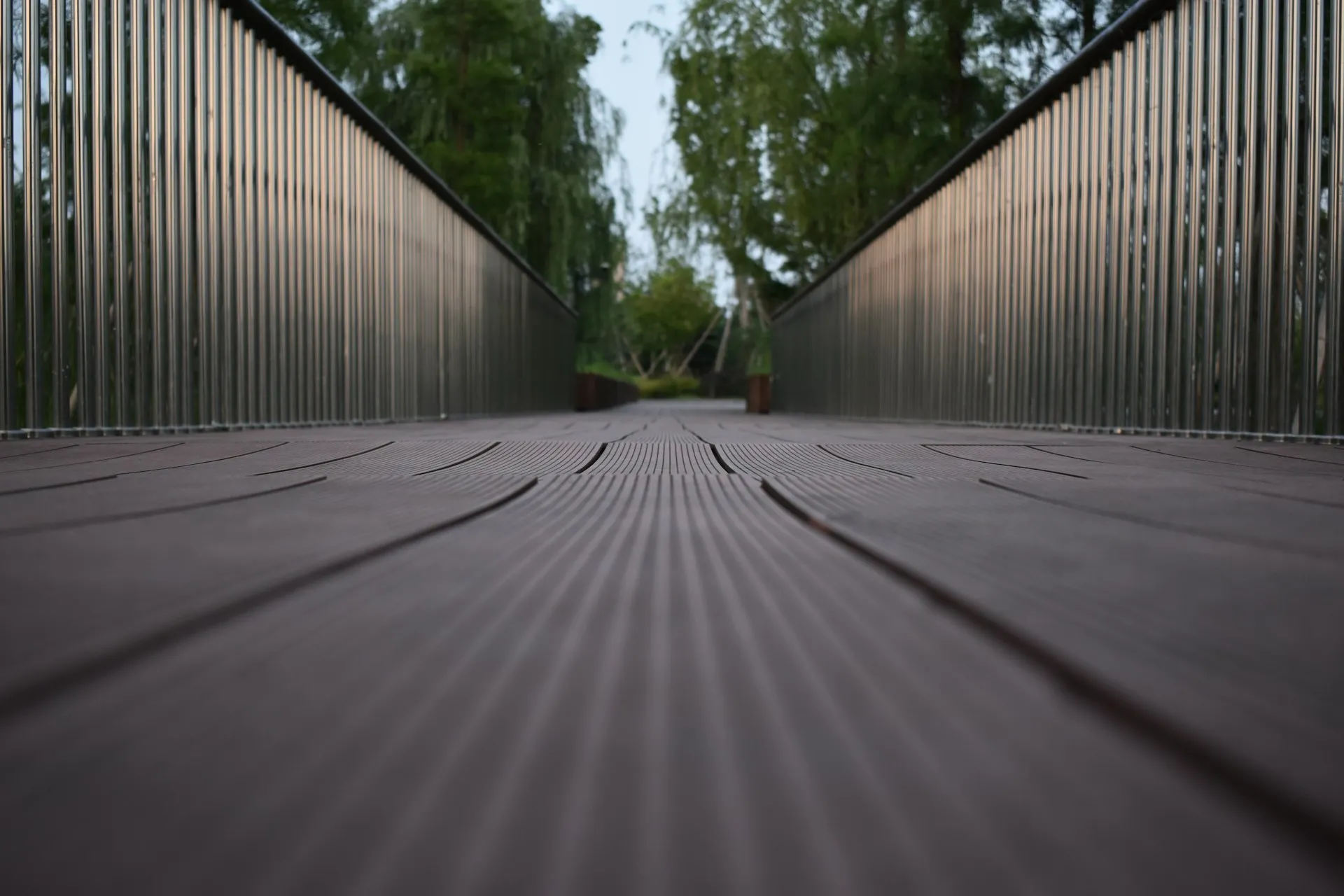
1. How to Prevent and Fix Warping in Composite Decking
Why It Happens:
Warping in composite decking is often caused by improper installation, extreme temperature fluctuations, or insufficient ventilation beneath the deck. Unlike natural wood, composite decking does not expand or contract in the same way, but poor installation can lead to uneven movement and distortion.
Prevention Tips:
Follow manufacturer installation guidelines:
- Ensure proper spacing between boards to allow for expansion and contraction.
- Use high-quality WPC boards: Inferior materials may warp more easily under heat or moisture exposure.
- Ensure proper substructure ventilation: Good airflow beneath the deck prevents excessive heat buildup, reducing the risk of warping.
Fixing Warped Boards:
- For minor warping, gently heating the affected area with a heat gun and applying pressure can help reshape the board.
- For severe warping, replacement is the best option. Always secure new boards correctly to prevent future issues.
2. How to Prevent and Fix Fading in Composite Decking
Why It Happens:
Although composite decking is more resistant to UV rays than natural wood, prolonged exposure to sunlight can still cause some fading over time. Lighter-colored decks are less likely to show fading, while darker shades may become more noticeable.
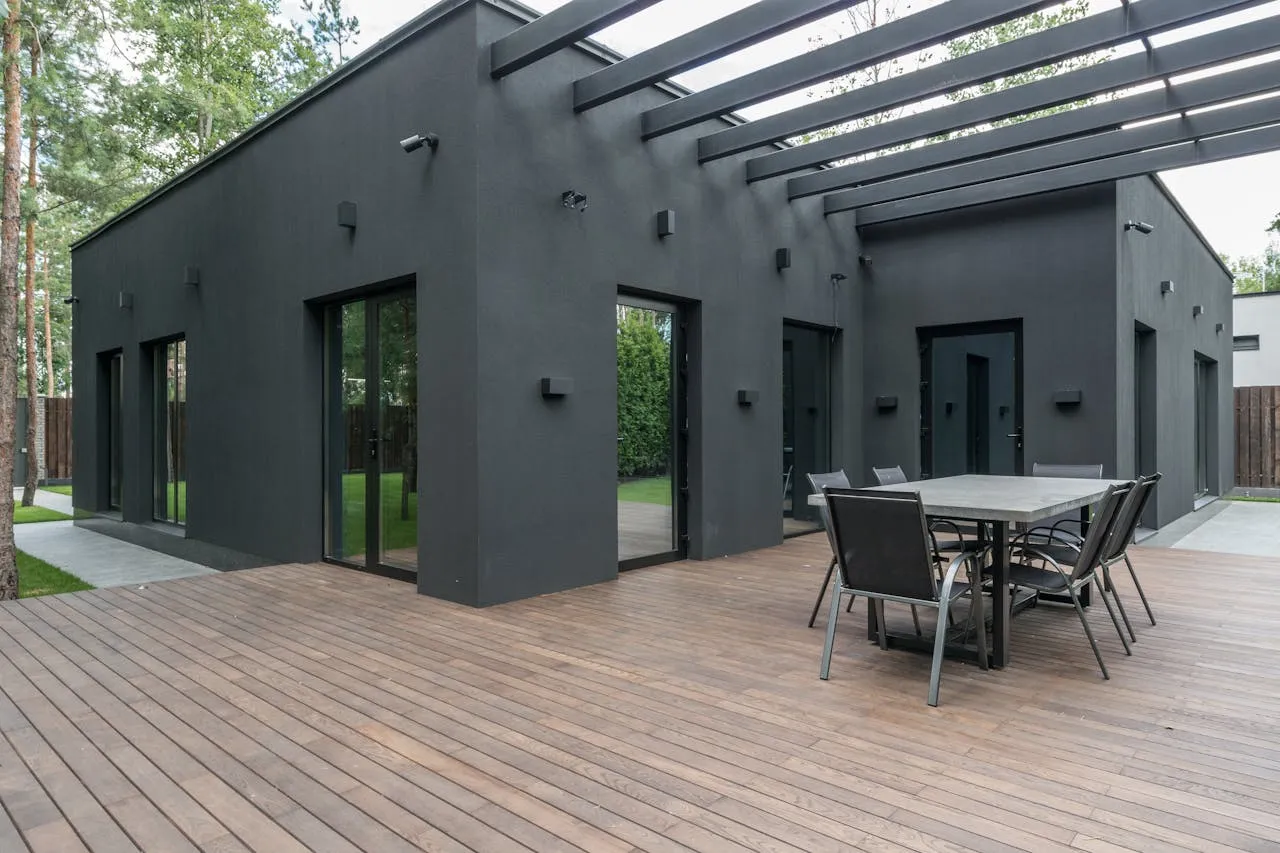
Prevention Tips:
- Choose UV-resistant composite decking: Some manufacturers offer boards with enhanced UV protection to minimize fading.
- Use outdoor rugs or furniture strategically: These can help block direct sunlight on certain areas, reducing exposure.
- Apply a UV protectant: Some composite decking-friendly UV sealants can help slow down fading and keep colors vibrant.
Fixing Faded Boards:
- Use a specialized composite decking restorer: Some composite deck treatments can rejuvenate faded boards and restore color.
- Replace heavily faded boards selectively: If only a few boards are affected, replacing them can improve the deck’s overall appearance.
3. How to Prevent and Fix Mold and Mildew Growth on Composite Decking
Why It Happens:
Mold and mildew can develop on composite decking, especially in damp or shaded areas where moisture is retained. Although composite decking is moisture-resistant, organic debris (such as leaves and dirt) can provide the nutrients mold needs to grow.
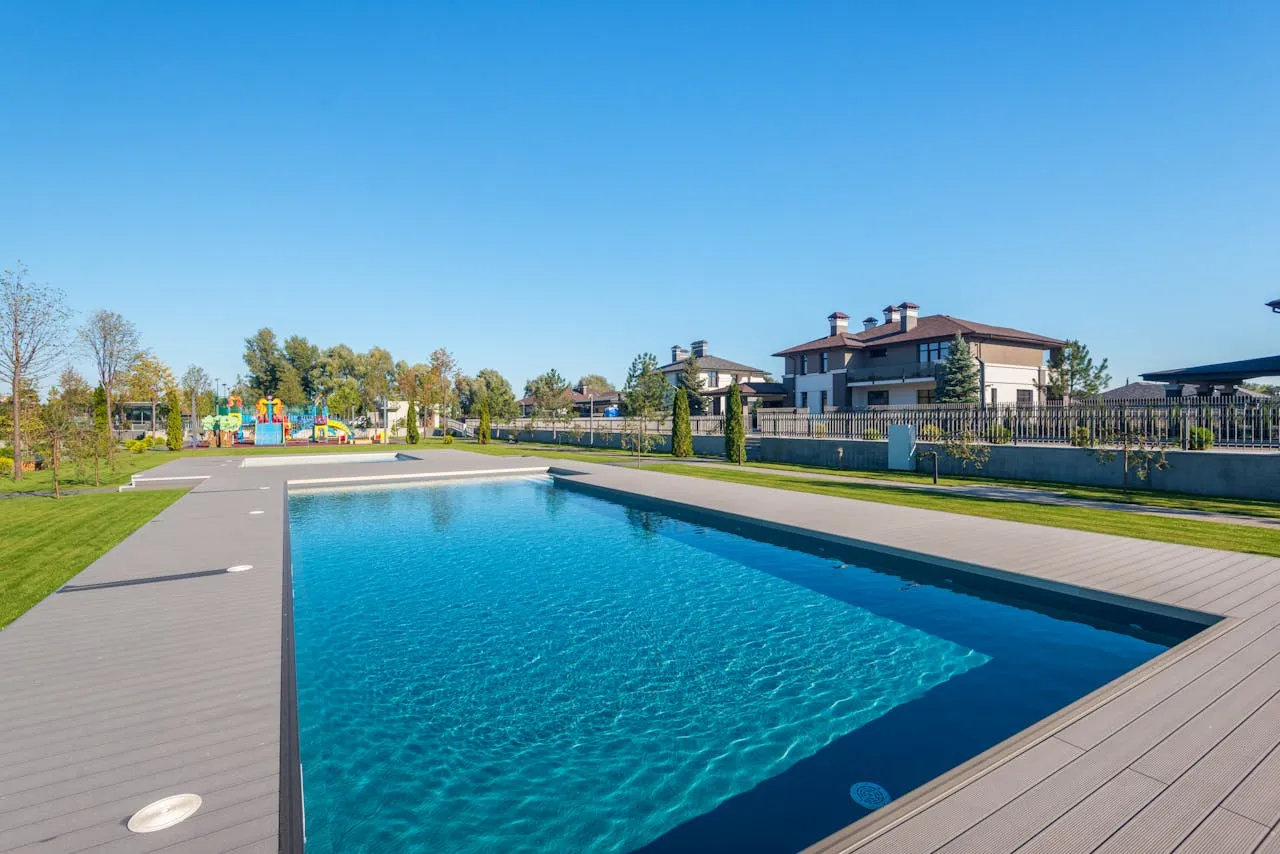
Prevention Tips:
- Keep the deck clean: Regularly sweep off leaves, dirt, and debris to prevent mold growth.
- Ensure proper drainage: Standing water encourages mold, so make sure your deck is slightly sloped for water runoff.
- Increase sunlight exposure: If possible, trim overhanging branches to allow more sunlight onto the deck.
Fixing Mold and Mildew:
- Use a mild cleaning solution: A mix of warm water, dish soap, and vinegar can effectively remove surface mold.
- Try a composite deck cleaner: Many commercial cleaners are formulated specifically for composite decking and are highly effective against mold.
- Scrub with a soft brush: Avoid using pressure washers, as excessive force can damage the deck’s surface.
4. How to Prevent and Fix Surface Stains on Composite Decking
Why It Happens:
Stains from food, grease, rust, or even watermarks can affect the appearance of composite decking. Unlike wood, composite decking does not absorb stains deeply, but surface-level discoloration can still occur.
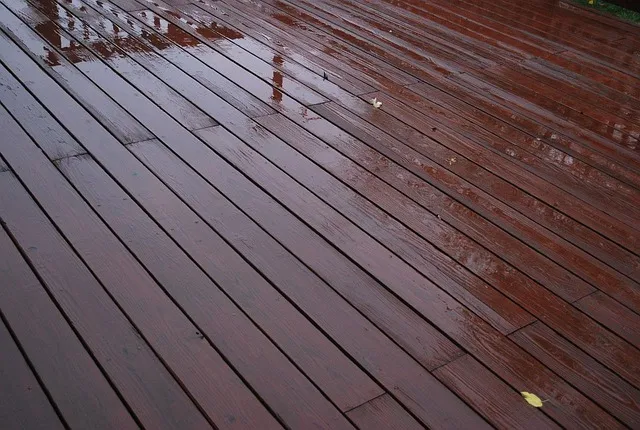
Prevention Tips:
- Clean up spills immediately: Wipe off food, oil, and other liquids as soon as possible to prevent staining.
- Use outdoor mats in high-use areas: Place mats under grills or dining sets to catch spills.
- Avoid placing metal furniture directly on WPC decking: Rust stains can develop over time.
Fixing Stains:
- For mild stains: Use warm, soapy water and a soft brush to clean the affected area.
- For stubborn stains: A baking soda and water paste can help lift deep stains.
- For grease stains: Apply a degreasing agent or composite deck cleaner, let it sit for a few minutes, then scrub gently.
Keeping Your Composite Deck in Top Condition
Composite decking is a durable, long-lasting material, but it still requires some maintenance to stay in excellent shape. By taking preventive measures and addressing problems early, you can extend the lifespan of your deck and keep it looking beautiful for years to come.
Key Takeaways:
- Proper installation and ventilation prevent warping.
- UV protectants and shade management reduce fading.
- Regular cleaning and drainage maintenance prevent mold growth.
- Quick action on spills minimizes staining.
With these simple steps, you can enjoy the benefits of composite decking without major issues, making your outdoor space a perfect place to relax and entertain. If you want to know more about composite decking, you can also read this full guide: Everything You Need to Know About Composite Decking
Want more smart ideas for using composite materials in your home? Head over to ecobuildhome.com, where you’ll find expert tips, how-to guides, and product comparisons to help you build sustainably and stylishly.
